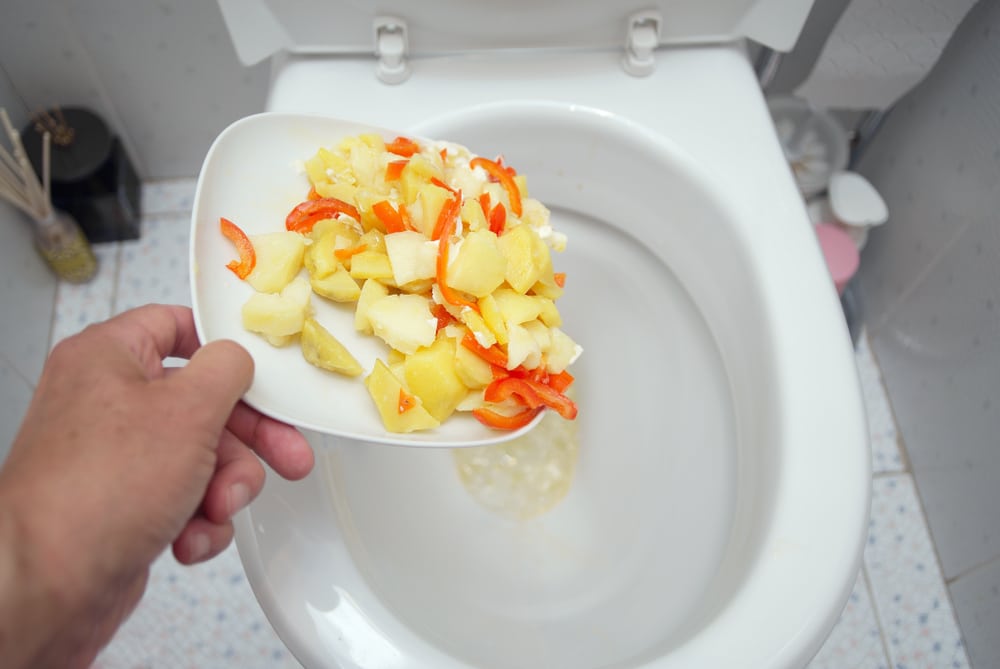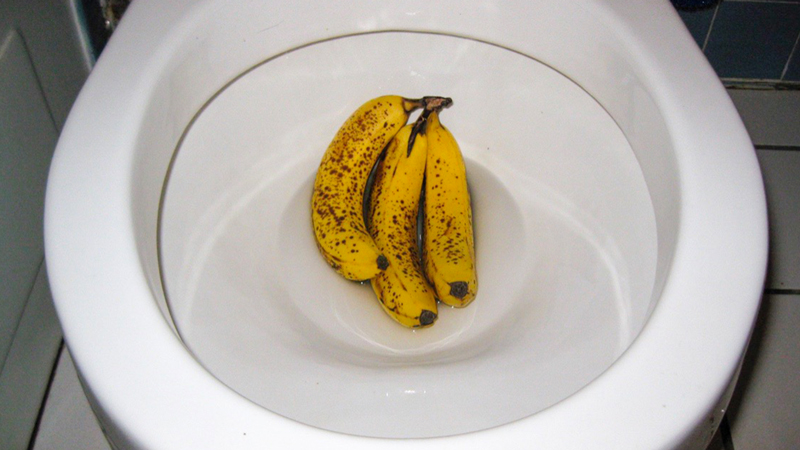Is it Acceptable to Flush Food Down the Toilet?
Is it Acceptable to Flush Food Down the Toilet?
Blog Article
On this page underneath you will discover a lot of awesome resources involving Think Twice Before Flushing Food Down Your Toilet.

Introduction
Lots of people are usually faced with the problem of what to do with food waste, particularly when it involves leftovers or scraps. One typical inquiry that develops is whether it's all right to purge food down the bathroom. In this short article, we'll delve into the reasons that individuals might take into consideration purging food, the repercussions of doing so, and different techniques for correct disposal.
Reasons why people may consider flushing food
Lack of understanding
Some people might not be aware of the potential damage triggered by flushing food down the toilet. They may wrongly believe that it's a harmless practice.
Benefit
Purging food down the bathroom may appear like a fast and simple option to getting rid of unwanted scraps, particularly when there's no nearby trash bin offered.
Laziness
Sometimes, people might simply choose to flush food out of large idleness, without thinking about the repercussions of their actions.
Consequences of flushing food down the bathroom
Environmental effect
Food waste that ends up in rivers can add to pollution and damage aquatic environments. Additionally, the water used to purge food can strain water sources.
Pipes problems
Flushing food can cause stopped up pipes and drains pipes, triggering pricey pipes repair work and troubles.
Sorts of food that need to not be purged
Fibrous foods
Foods with fibrous appearances such as celery or corn husks can obtain tangled in pipes and trigger blockages.
Starchy foods
Starchy foods like pasta and rice can absorb water and swell, bring about obstructions in pipes.
Oils and fats
Greasy foods like bacon or food preparation oils should never be purged down the toilet as they can solidify and create obstructions.
Correct disposal methods for food waste
Making use of a waste disposal unit
For homes equipped with garbage disposals, food scraps can be ground up and flushed with the plumbing system. Nevertheless, not all foods appropriate for disposal in this manner.
Recycling
Particular food packaging materials can be recycled, decreasing waste and lessening ecological influence.
Composting
Composting is a green way to take care of food waste. Organic products can be composted and made use of to enhance soil for gardening.
The relevance of appropriate waste management
Minimizing environmental injury
Proper waste management techniques, such as composting and recycling, assistance minimize air pollution and protect natural deposits for future generations.
Protecting pipes systems
By staying clear of the practice of flushing food down the bathroom, property owners can protect against costly pipes fixings and maintain the stability of their plumbing systems.
Final thought
Finally, while it might be appealing to flush food down the toilet for convenience, it is essential to comprehend the possible repercussions of this activity. By embracing appropriate waste management practices and taking care of food waste properly, individuals can contribute to much healthier pipes systems and a cleaner setting for all.
FLUSH FOOD DOWN THE TOILET?
FLUSHING FOOD CAN CAUSE BLOCKED DRAINS IN YOUR HOME
All of the plumbing fixtures in your home are connected to the same sewer pipe outside of your home. This outdoor sewer pipe is responsible for transporting all the wastewater from your home to the Council sewer mains. Even small pieces of food that go down the kitchen sink can cause problems for your sewer. It should therefore be obvious that flushing larger bits of food, such as meat, risks a clog in either the toilet itself or the sewer pipes. Flushing greasy food is even more problematic because oil coagulates when it cools, coating the interior lining of your pipes.
THE TOILET IS NOT A BIN
Food isn’t the only thing that people shouldn’t be flushing down the toilet. People use the toilet to dispose of all kinds of things such as tampons, makeup wipes, dental floss, kitty litter and even underwear. Water goes to great lengths to educate residents about the high costs and stress placed on wastewater treatment systems simply from people flushing the wrong stuff down the toilet. It costs taxpayers millions of dollars each year, and homeowners thousands in blocked drain repairs.
FLUSHING FOOD IS A WASTE OF WATER
Flushing food is a waste of our most precious resource - water. In June this year Level 1 water restrictions were introduced to protect water supply from drought conditions. Much of New South Wales continues to be affected by prolonged drought with recent figures revealing up to 97 per cent of the state remains in drought. Depending on whether you have a single or dual flush toilet, every single flush uses between five and 11 litres of water. In the current climate this is a huge amount of water to be wasting on flushing food that should be placed in the bin (or better yet, the compost).
https://www.jabplumbingsolutions.com.au/blog/can-you-flush-food-down-the-toilet

As an avid reader on What Can Happen If You Flush Food Down the Toilet?, I imagined sharing that piece of content was beneficial. In case you appreciated our blog post kindly be sure to pass it around. Thank you for your time. Revisit us soon.
Click Here Report this page